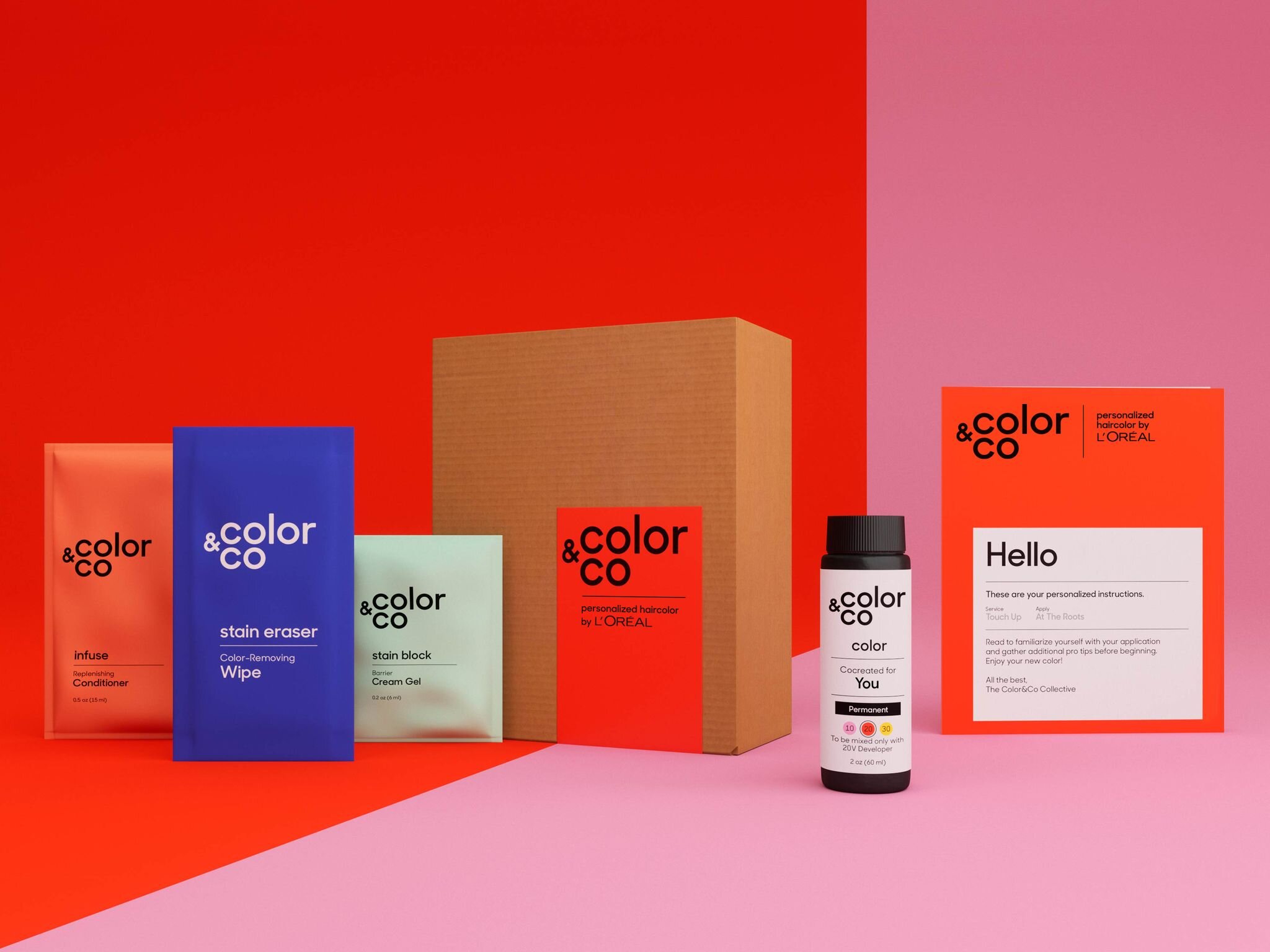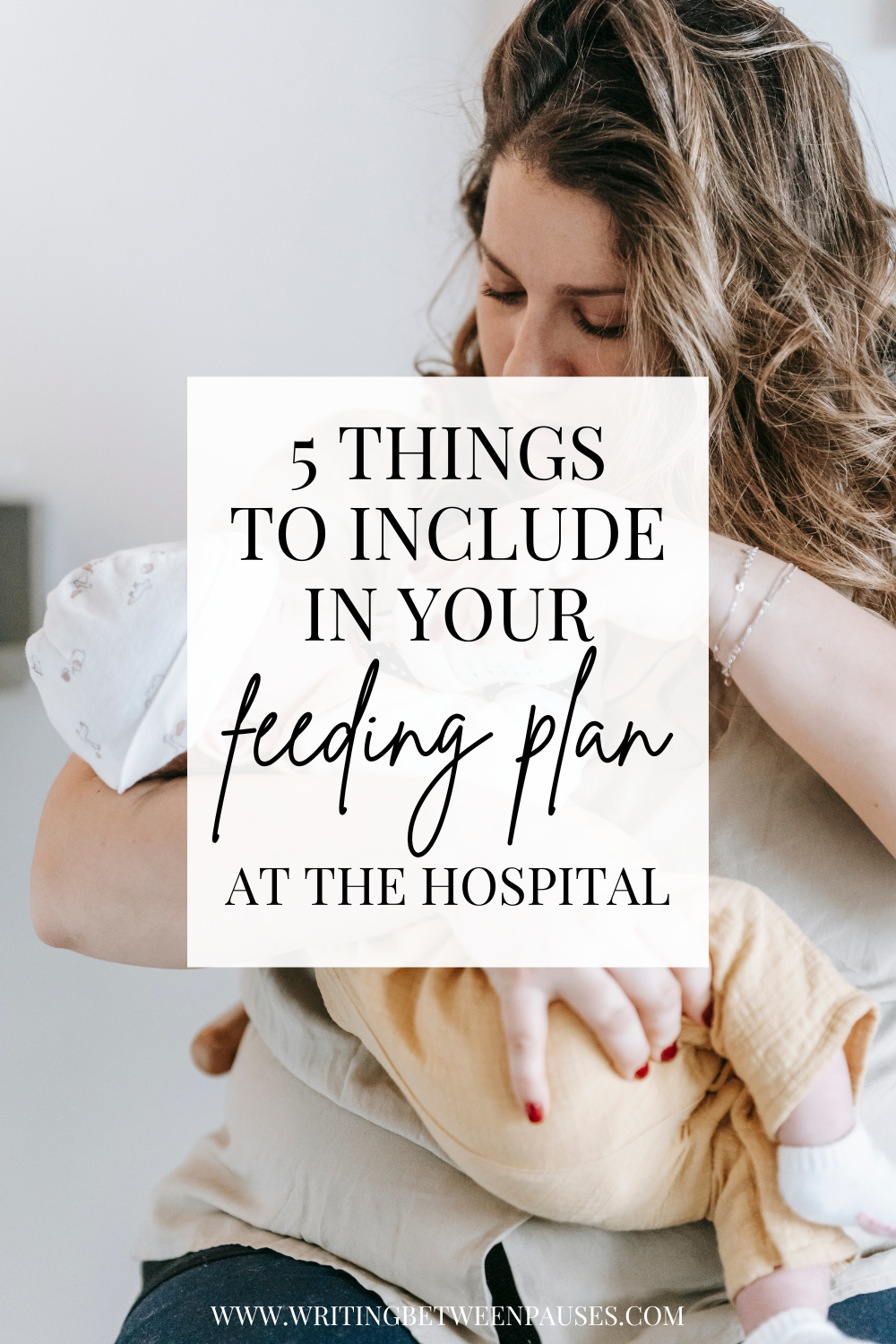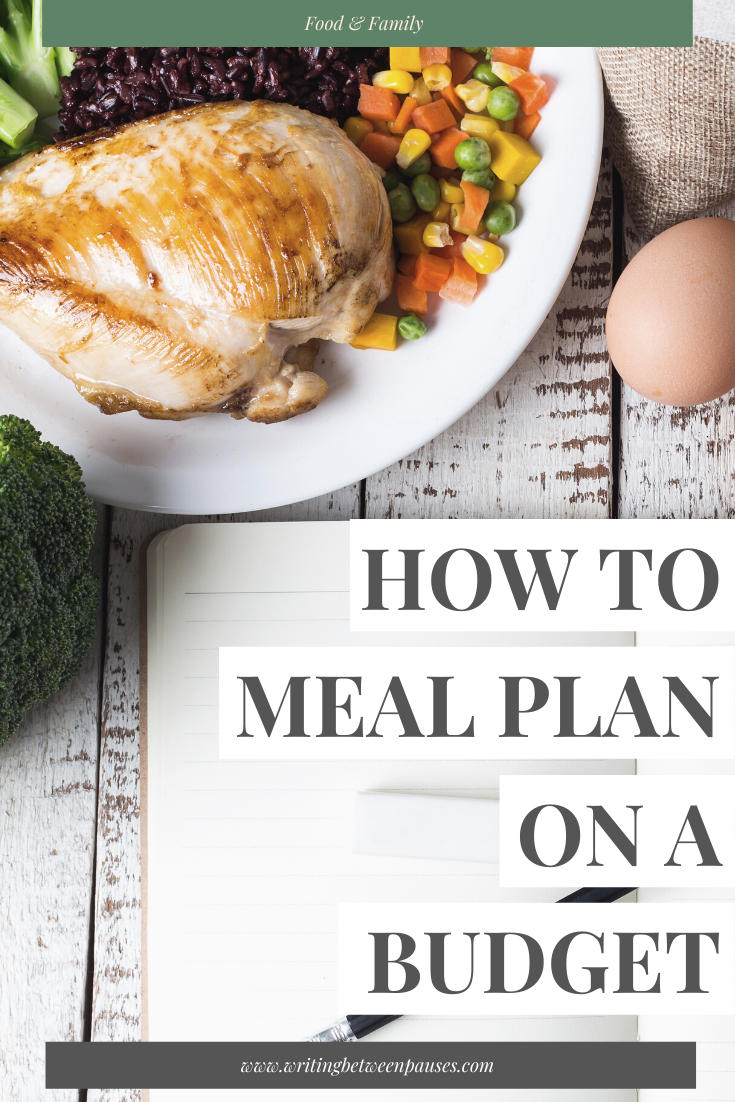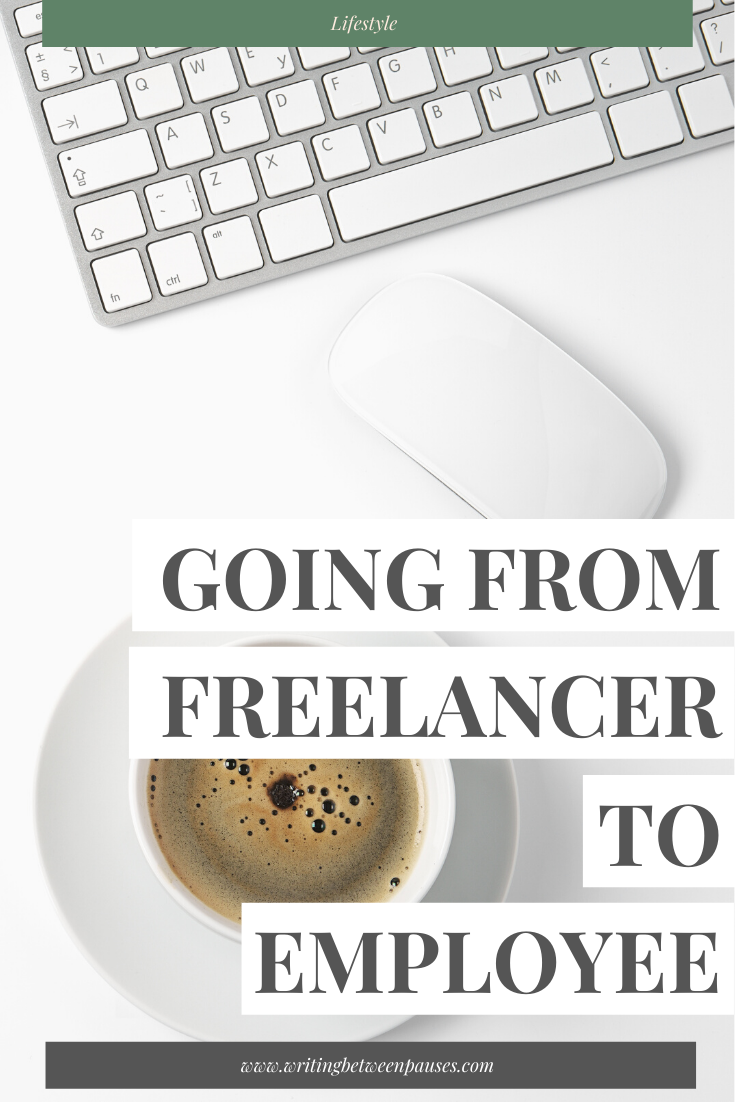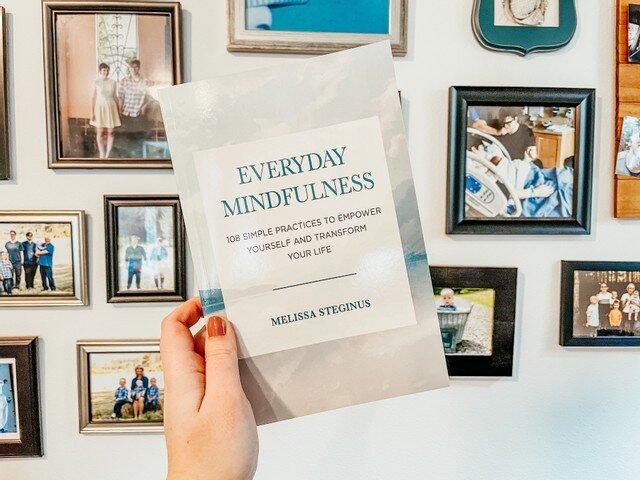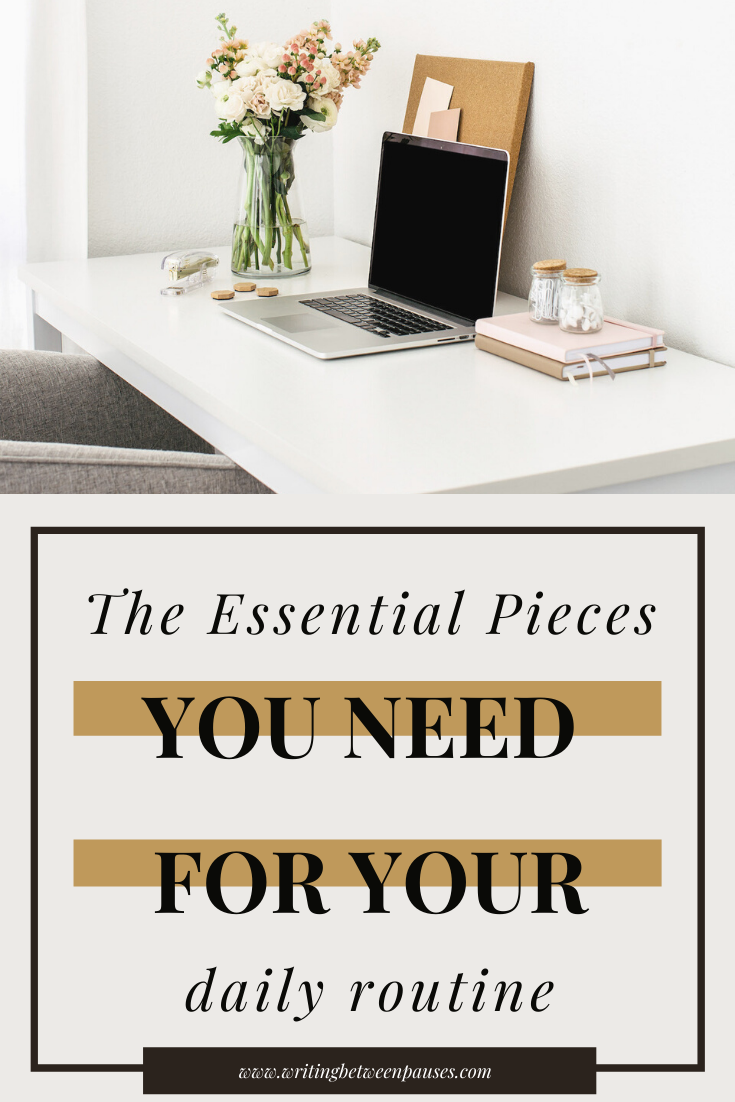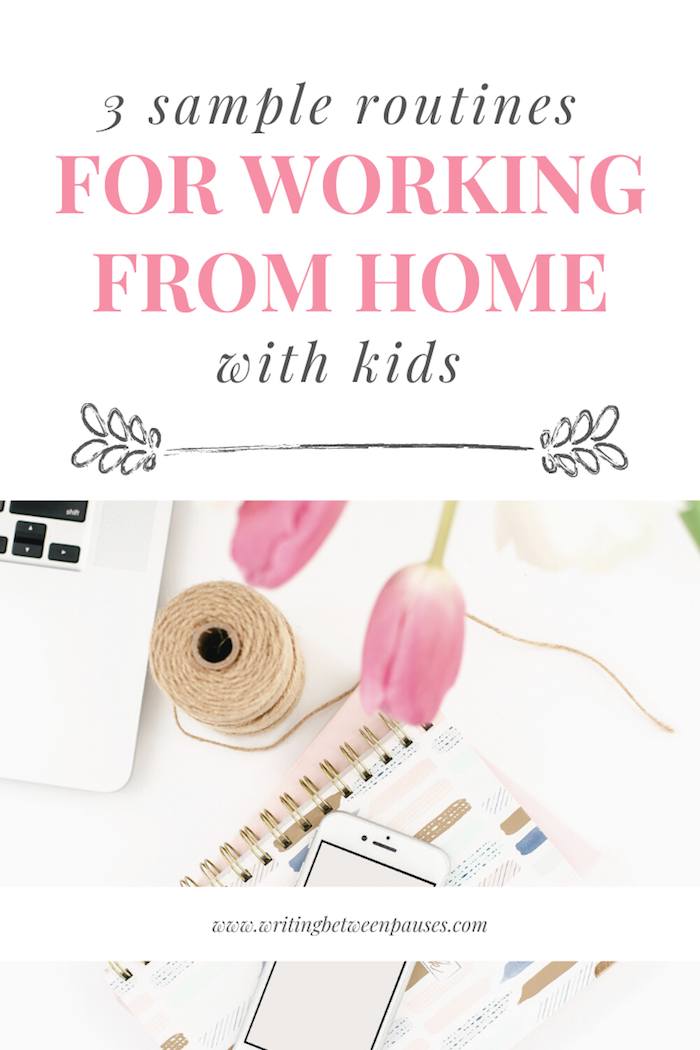Blogging is dead.
I guess there is a part of me that didn’t want to admit that, but here I am, writing the words. Typing the words. Committing them to words.
Maintaining a website is alive and well. Creating content is alive and well.
But for the last 3 or 4 years I’ve been clinging to blogging. Holding onto it like a life raft. Blogging has been a part of my life since April 2009 (and considering I was on Livejournal before then, even longer actually—since 2005, at least). It’s as much a part of my life as journaling, as going on evening walks, as sitting on my porch. It’s just a part of my life.
But blogging is dead.
I find the process of content creation for myself a little, well, mind numbing. I’ve been doing it for years now. I have planners full of my editorial calendars: all the blog posts I wrote, all the Pinterest pins I made, all the things I did because it was “part of” blogging as it evolved.
But sometimes it felt like there wasn’t much of me left in the blog anymore. People want my reviews of Noom or what grocery delivery service I’m using; they want to know if these products work. They don’t care about me. I love writing things like reviews—I love writing about beauty products—but it was so hard to stick with it when it felt like there was no interest in the context of that review.
This isn’t a whine. I totally get it. You click a link from Pinterest, you find a recipe you want to use, you just want what you came for—not someone’s life story. It’s impersonal. It’s just business. And some people thrive that way.
I so deeply miss the community of blogging. The feeling of being in on something fun together, with other weird, quirky girls who maybe didn’t quite click with the rest of the world in the same way I didn’t seem to click with the world. I miss that feeling. Sometimes, I think I just miss being young: I miss the young internet and the young world and the time where I could go to Forever 21 and find my size and not have 47 of the same joke about Forever 21 clothes on my Twitter feed. I miss the time before, when my interests (and the interests of mostly women) weren’t put under a microscope and deemed basic or boring or red flags in the same way that women sometimes describe men being violent as red flags. I miss taking pictures of my outfits. I miss Lookbook.nu and I miss What I Wore Today and I miss Modcloth before it was bought by Walmart. I miss early Instagram, with our grainy, blurry, heavily filtered photos. I love social media (and since I’m a social media coordinator, I obviously love my job… most days), but sometimes I miss the things that made me actually fall in love with social media.
I’ve spent a lot of time over the last few months wondering if I even want to keep this website up anymore. If I sit down to write a blog post, I can’t think of anything worth saying; a huge part of that is probably the constant malaise I feel, the feeling of desperate sadness after 18 months of a pandemic, but another part of that is really the fact that I don’t want to blog this way anymore. I don’t want to write articles just to get traffic on Pinterest anymore. I just want to write. I want to write reviews and I want to write stories and I want to share a little bit of my life, even if other people think it’s boring. (Sometimes, I just need to remind myself that it is ok to have a boring little life, to enjoy that I have wildflowers growing in my backyard and the privilege to worry about resealing around my sink and how to time my grocery delivery correctly rather than, like, my basic survival.)
This was a very long introduction to say that, right now, I just feel like writing. About my life. About what I’ve been up to lately. I hope you enjoy reading it. I know I enjoyed writing it.
Ok, so here is a weird reminder that time is real: Danny and I have been married for 8 years this month. 8 years?! 8 years?! How is that possible? And our son is almost 6? You’re telling ME I only waited 2 YEARS between getting married and getting pregnant? I swear at the time it felt way longer. From 2013 to 2015 felt like a WAY LONGER span of time than from 2015 to 2021. I don’t know how to explain that. From 2013 to 2015 when I got pregnant was less time than this pandemic.
Anyway, I’m going to go have a brief panic attack because I’ve been putting off having a second baby since 2017 and now I’m like, oh my god I’m basically the crypt keeper.
Woo. I’m back.
Here are a few things I did this month:
📚 I read 35 books (this is an outlier month, but yet, 35!) And before you ask, yes, 29 of them were those Ice Planet Barbarians books that went viral on TikTok. I will not be providing any context here. That Google Search is between you and your God.
🎶 My top song was Pink Pony Club by Chappell Roan.
🍳 My number 1 food consumed was eggs on toast. I’ve been seeing a nutritionist for about 2 months because at the end of March, I was diagnosed with atypical anorexia. I don’t want to go into more detail about this because it’s highly personal and I’ve come to realize that writing about my eating disorder (and reading about eating disorders) is one of my biggest triggers. But learning to find foods that I really actually enjoy has been a huge challenge.
📔 I spent a lot of time journaling (as usual).
✍🏻 I wrote just under 4,000 words. (This is mostly in the form of stories that I start, write the worst exposition for, and then abandon. That’s my favorite form of fiction writing!)
I have also planned 3 vacations because I can and have cried more times than I can count. It’s not sad crying—I’m just a crier, I promise. Sometimes I cry because the radio is too loud in the car.
Another thing I’ve been trying to do more in the last month is take pictures of myself. I took this one of Forrest and I after he had a rather harrowing incident with his eye. (Long story short: he was running with a blanket on his head, tripped, and hit the end of his bed. He cut his eye pretty bad, but it didn’t need stitches. He has a very cool scar now.) I was going for fun, bohemian Instagram mom, but he is serving my album is coming out this July.
Ok. just a few more things:
I cut my hair off to the shoulder. I took this photo just before the big chop and sometimes I miss my long hair, but I also really like this haircut. Maybe I’ll take a picture of myself soon. I’m getting more courage for photos every day!
I’m still working at my new job, which is not freelance and 100% social media all the time. I get to work in an office again now and let me just say, that is thrilling.
I have missed writing like this so much. Who knows if I’ll actually keep this up, who knows if this is forever. Time and life is tenuous and exhilarating. But I hope you enjoyed learning about me. Now, tell me about you.



